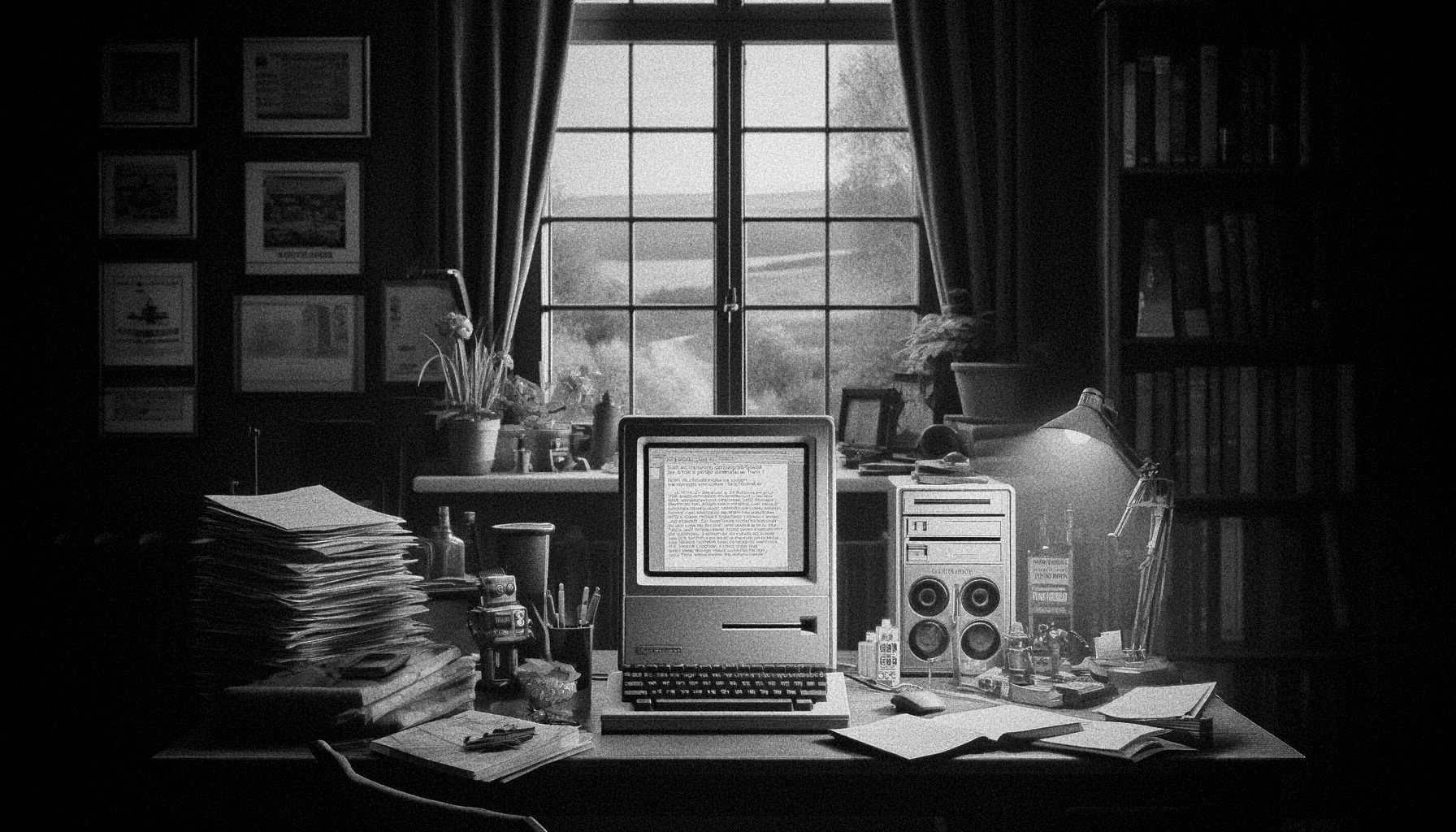
Incredible Shrinking Man (1957)
Directed by Jack Arnold, "Incredible Shrinking Man" (1957) is a science fiction film that delves into human identity, existentialism, and survival. The story follows Scott Carey, who begins to shrink after exposure to insecticide and radiation, leading him to confront the loss of his physical stature, societal status, and sense of self. With its groundbreaking visual effects, compelling narrative, and profound themes, "Incredible Shrinking Man" remains a classic in the science fiction genre, offering a thought-provoking exploration of the human experience and our search for identity and purpose.
Them (1954)
In the New Mexico desert, mysterious deaths lead Sergeant Peterson and his team to discover giant mutated ants near a nuclear weapons test site, prompting a coordinated effort with the army to destroy the nests, though two queen ants escape. Directed by Gordon Douglas, this 1954 science fiction film uses minimalistic techniques, such as sound and actor reactions, to create tension and suspense, similar to the later films "Jaws" and "Alien." "Formicula" explores the consequences of nuclear technology, showcasing the monstrous aftermath through a compelling narrative that has earned it a classic status in 1950s sci-fi cinema.
The Thing (1951)
Released in 1951 and directed by Christian Nyby, »The Thing« is a seminal science fiction film exploring themes of paranoia, fear, and human reactions to the unknown, based on John W. Campbell Jr.'s novella "Who Goes There?" Set in a remote Arctic outpost, the film follows a crew that discovers an extraterrestrial creature capable of taking any form, driving them into a state of distrust and fear as they struggle to identify the alien among them. Known for its groundbreaking special effects and suspenseful narrative, "The Thing" also reflects Cold War-era anxieties about infiltration and subversion, making it a thought-provoking classic in the genre.



